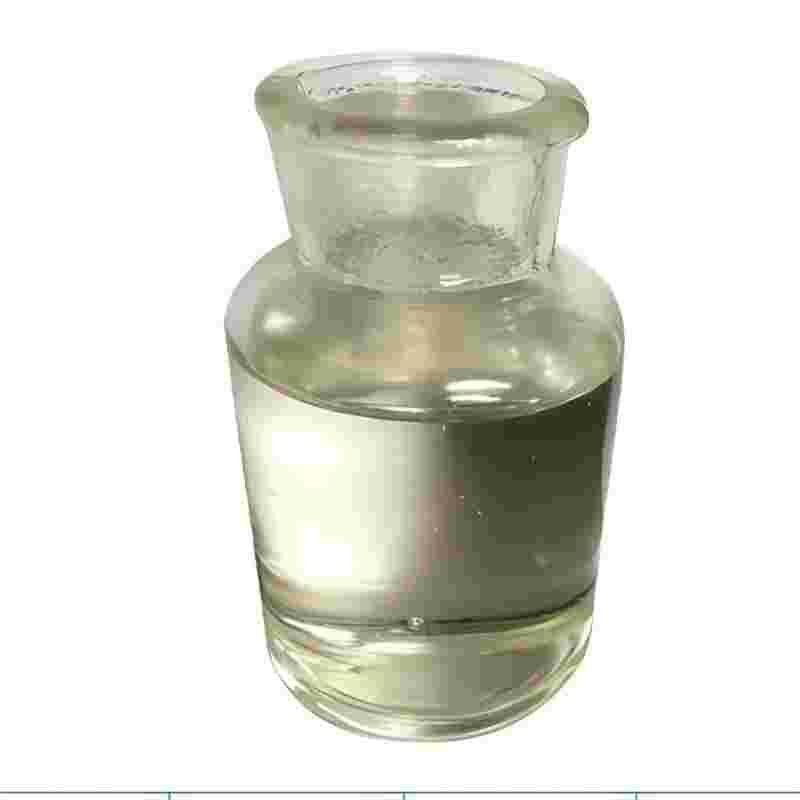-
Categories
-
Pharmaceutical Intermediates
-
Active Pharmaceutical Ingredients
-
Food Additives
- Industrial Coatings
- Agrochemicals
- Dyes and Pigments
- Surfactant
- Flavors and Fragrances
- Chemical Reagents
- Catalyst and Auxiliary
- Natural Products
- Inorganic Chemistry
-
Organic Chemistry
-
Biochemical Engineering
- Analytical Chemistry
-
Cosmetic Ingredient
- Water Treatment Chemical
-
Pharmaceutical Intermediates
Promotion
ECHEMI Mall
Wholesale
Weekly Price
Exhibition
News
-
Trade Service
The production process of 1,1,1-trifluoro-2,4-pentanedione, also known as trifluoroacetic acid (TFA), is a critical step in the chemical industry.
TFA is a colorless liquid with a pungent, acrid odor, and is highly soluble in water.
It is used in a wide range of industrial and commercial applications, including the production of refrigerants, solvents, and pharmaceuticals.
In this article, we will discuss the production process of TFA in detail, including the raw materials required, the various steps involved, and the safety precautions that must be taken.
Raw Materials Required
The production of TFA involves several raw materials, including hydrogen fluoride (HF), acetic acid, and sodium fluoride.
HF is a highly toxic and corrosive gas that must be handled with extreme care.
Acetic acid is a common organic acid that is used in the production of vinegar and other acidic compounds.
Sodium fluoride is a white or colorless solid that is used as a fluoride source.
Production Process
The production process of TFA can be broken down into several steps, including the preparation of the reaction mixture, the reaction itself, and the purification of the final product.
- Preparation of the Reaction Mixture:
The first step in the production of TFA is the preparation of the reaction mixture.
This involves mixing the required amounts of HF, acetic acid, and sodium fluoride in a suitable reaction vessel.
The mixture is then heated to a temperature of approximately 100°C, while being agitated or stirred continuously.
- The Reaction:
Once the reaction mixture is prepared, it is subjected to a series of reactions that result in the formation of TFA.
The exact mechanism of the reaction is complex and involves the nucleophilic substitution of the fluoride ion, followed by the elimination of water.
The final product is TFA, which is then separated from any remaining impurities.
- Purification of the Final Product:
After the reaction is complete, the final product is purified to remove any remaining impurities.
This is typically done through a process called distillation, where the TFA is distilled from a suitable solvent, such as water or a polar organic solvent.
The pure TFA is then collected and stored for further use.
Safety Precautions
The production of TFA involves several hazardous chemicals, including HF and acetic acid.
As such, it is essential that proper safety precautions are taken to protect the health and safety of workers involved in the production process.
These precautions include the following:
- Personal Protective Equipment (PPE):
Workers involved in the production of TFA must wear appropriate PPE, including gloves, safety glasses, and protective clothing.
This is to prevent exposure to the corrosive and toxic chemicals involved in the production process.
- Proper Storage and Handling of Chemicals:
All chemicals used in the production of TFA must be stored and handled in a safe and responsible manner.
This includes ensuring that the chemicals are stored in appropriate containers, and that they are handled with care to prevent spills or leaks.
- Emergency Procedures:
In the event of an emergency, such as a chemical spill or exposure, workers must be trained in the appropriate emergency procedures.
This includes knowing how to respond to spills or leaks, as well as how to evacuate the area in the event of an emergency.
Conclusion
The production of TFA is a complex and critical process in the chemical industry.
It involves the use of several hazardous chemicals, and requires the implementation of appropriate safety precautions to protect the health and safety of workers involved in the production process.
By following proper safety procedures and using the





